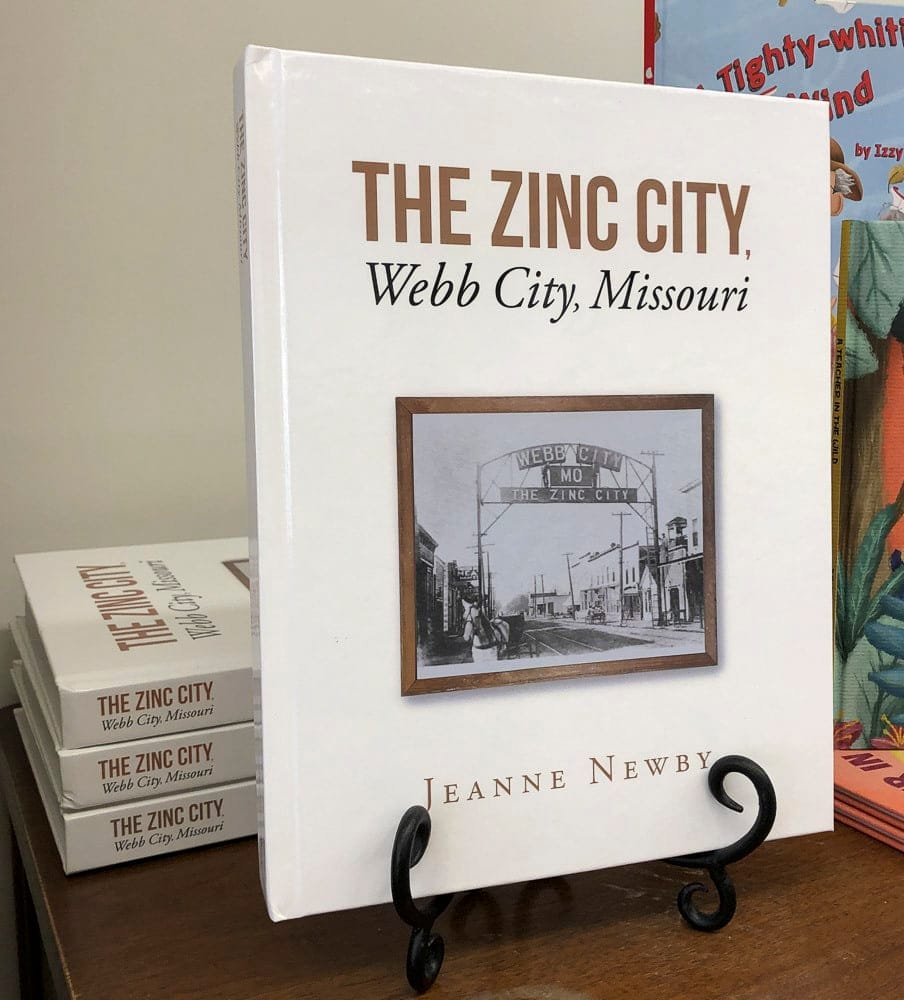Thomas E. Sauls was born in 1803. By the time he reached the age of 25, many new things were happening in this great country. One of those happenings was the discovery of lead. Lead was a novelty for Americans who were only familiar with copper at that time. The discovery captured the attention of many young men who headed west to make their fortunes. The great gold rush for California had not yet occurred. And heading west meant going as far west as Tennessee or Missouri.
In 1828, a young Virginian by the name of Thomas Sauls had learned of the wonderful lead mines of Missouri. He was determined to reach this new phenomenon and cast his fortunes with the other dreamers of America.
To get from Virginia to Missouri, before railroads and when most of the roadway was a trackless wilderness, was no small task. But young Sauls had the true grit and one bright summer morning, with all his worldly possessions wrapped up in a yellow cotton handkerchief, he started walking west.
Thomas Sauls was quoted as saying, “I shall never forget the look of sadness, which overspread my mother’s face, when I bid her goodbye. She said she “would never again meet me on this earth,” and she was not mistaken. She died just a few years afterward.
During his journey, Thomas first had to walk north across the Appalachian Mountains to Pittsburgh, Pa. There he obtained a canoe, and putting his luck in God’s hands, set himself afloat down the Ohio River with its rapid current. He stopped in Illinois and for 15 years he put his body and soul into mining.
As word spread about the ore strikes in southwest Missouri, Thomas once again set out on foot in search of fortune. He arrived in the Six Bulls country, later known as Southwest Missouri, and noticed that the few miners who were obtaining mineral had no way to smelter the ore. The Granby Company backed him as Thomas Sauls constructed the first lead smelter. Known as an air furnace, it was located about two miles south of Parr Hill on Shoal Creek. His only competition came a few years later, when Captain Livingston started one on Center Creek. But there was enough business for both furnaces.
It wasn’t just the smelter furnace, however, that carried Thomas Sauls’ name into history. Thomas was a dedicated military person, having served the government in the Mexican War, the Civil War, and the Seminole Indian War. This is quite an accomplishment, but there’s more!
Thomas E. Sauls went on to have the title of centenarian in Webb City and later in Jasper County. When someone lives for more than 100 years, that is amazing, but when you add the special contributions of serving in three wars and being a mining pioneer, it adds to the glory.
In November 1904, when Sgt. Thomas E. Sauls was 102, it was reported that he walked to the polls unassisted to vote for the president of the United States, a habit he had established during every election since he was of voting age. He was also one of the few to be able to say that he had personally met and shaken hands with all but two presidents of that time, President Washington (died before Sauls was born) and President Roosevelt (who was elected when Sauls was too old to travel).
Sauls received many honors in his life, one of which was a visit to the Missouri House of Representatives in 1904, where he received three hearty cheers from the assembly. In 1906, during the last year of his life, Judge C.E. Elliott, of Oronogo, held an honorary celebration for him at the Newland Hotel in Webb City. (The Judge and Sauls had served in the Civil War together in the same regiment.) Sauls’ health, however was failing, so instead of him going to the celebration, the celebration came to him at his home on North Liberty Street. Sauls’ bad eyesight prevented him from seeing his friends, but he managed to recognize everyone by the sound of their voice.
So it seems that Thomas E. Sauls was a walking history book. He lived through much of the United States history and participated in it as well. Can you imagine how much United States history that Thomas E. Sauls experienced from 1800 to 1906. I think he could have written a great book about the changes in his lifetime. He was a great forefather in Webb City’s history.
Thank you to the late William H. Perry II for sharing this information on Thomas E. Sauls. It’s a good time of the year to celebrate a man who took elections seriously.

Jeanne’s new book, “The Zinc City, Webb City, Missouri” is now available at Webb City Chamber office and other local retailers, such as Maggie Jane’s Gifts, at 8 S. Main St.



The Webb City Sentinel isn’t a newspaper – but it used to be, serving Webb City, Missouri, in print from 1879-2020. This “newspaper” seeks to carry on that tradition as a nonprofit corporation.
© All Rights Reserved 2024
DIY website design by Bob Foos